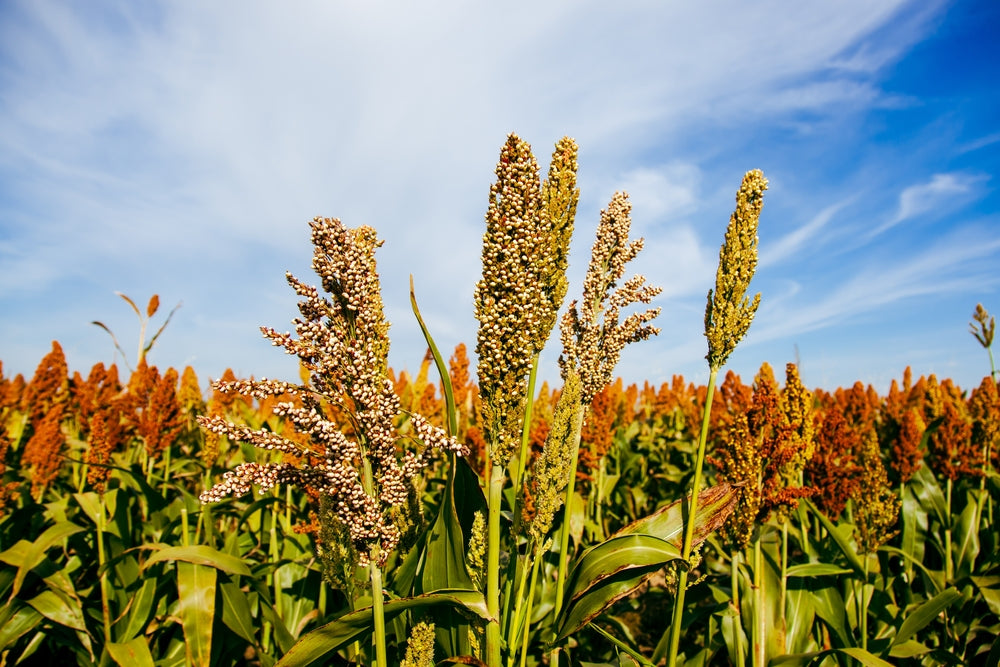The plants around us - biofuels

It might seem strange but the use of plants within the global fuel industry could become an important sector within horticulture. Bio-fuels, an alternative to the fossil fuel that we have come to rely on for over a century, are regarded as a renewable energy source and could help in the drive towards a carbon neutral society.
There are several alternatives when it comes to producing these plant-based sources of energy. Ethanol, the most widely used biofuel worldwide, is produced by the fermentation of a number of plant based products including wheat, maize, molasses, sugar cane, or sugar beet.
Biodiesel, another form of biofuel, relies on fatty acids obtained from oil-rich seeds such as soya, sorghum, rapeseed, sunflowers, and hemp.
Biogasses are a result of anaerobic digestion of organic materials by micro-organisms producing primarily methane. A by-product of interest to gardeners is the resultant solids which can be used as mulches and soil improvers and the liquid run-off is a valuable source of plant nutrients for use in liquid feeds.
Whilst biofuels may seem a practical answer to some of the world's problems several issues have come to light, primarily that of habitat destruction in the creation of land on which to grow the plants for production. Palm oil, a product commonly used within the food industry as well as in the production of biodiesel, is the one most commonly associated with deforestation and a loss in biodiversity particularly in Asia, central and south America and Africa.
Green alternatives do exist and the use of non-food feedstock, wood waste, and animal or agriculture by-products present the most sustainable alternatives.







